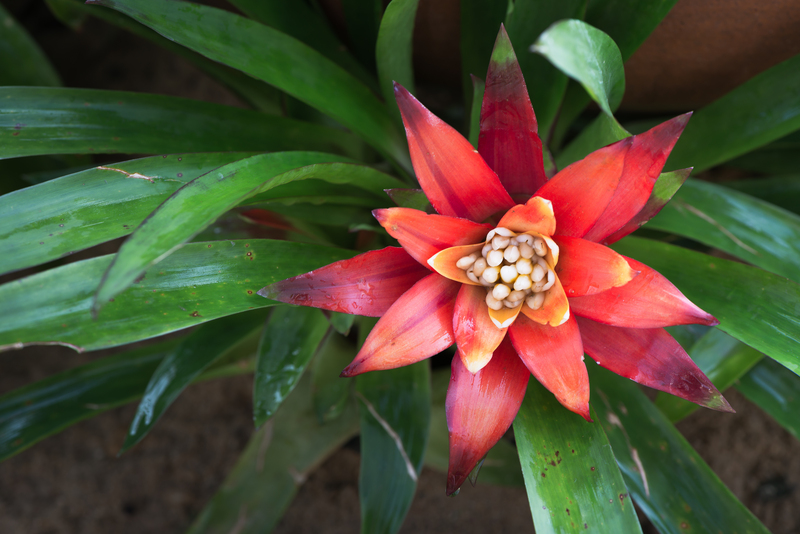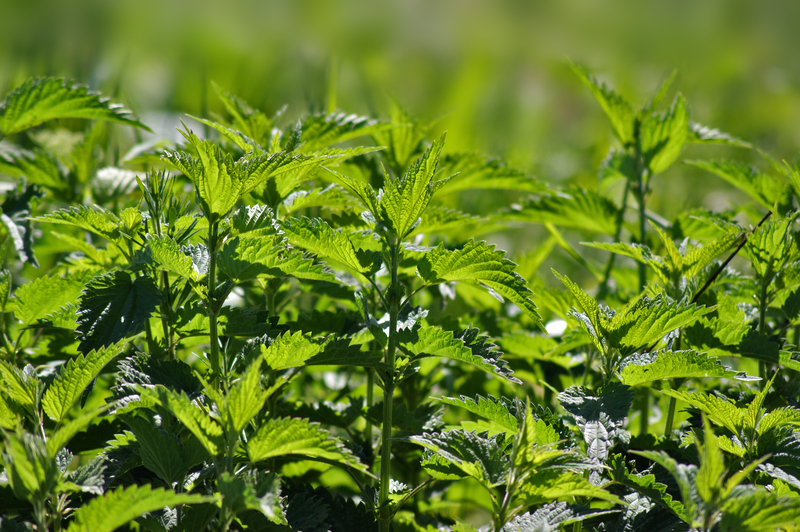Top Strategies to Protect Your Lawn from Summer Drought Stress
Summer drought poses significant challenges for homeowners dedicated to maintaining a lush, green lawn. With high temperatures and limited rainfall, even resilient grass species can struggle. Understanding how to safeguard your grass using lawn drought stress prevention techniques is essential if you want your yard to thrive year-round. This comprehensive guide covers practical, actionable steps to protect your lawn during hot, dry weather, ensuring it remains healthy, resilient, and attractive.

Understanding Summer Drought Stress in Lawns
Main keyword variations: summer drought, lawn drought stress, drought survival tips for lawns, protect lawn from dryness, drought-resistant grass care.
Drought stress occurs when the amount of water lost from your lawn through evaporation and transpiration exceeds the water supplied by rainfall or irrigation. Signs of drought stress in your lawn include:
- Areas of brown, dry, or straw-colored grass
- Wilting or folding blades of grass
- Visible footprints or mower tracks that remain after walking or mowing
- Soil pulling away from the edges of paved areas or paths
Recognizing these symptoms early and implementing the right strategies can literally make the difference between a tired, brown lawn and a resilient green one.
1. Choose the Right Grass Type for Drought Resistance
Some grass species naturally withstand drought and heat better than others. Choosing a drought-tolerant variety is the first step toward minimizing lawn drought damage.
Selecting Drought-Tolerant Lawn Grasses
- Bermudagrass - Exceptionally heat and drought resistant, ideal for sunny regions.
- Zoysiagrass - Has deep roots, tolerates drought and foot traffic.
- Buffalograss - Native to prairies, requires minimal watering.
- Tall Fescue - Possesses deep root systems that draw water from deeper soil layers.
Tip: If you're establishing a new lawn or overseeding, prioritize these varieties for maximum drought protection.
2. Implement Deep and Infrequent Watering Practices
Proper watering is central to shielding your lawn from heat and drought. Frequent, shallow watering leads to shallow root systems, making grass more prone to stress. Instead, switch to a "deep and infrequent" approach:
How to Water Effectively
- Water early in the morning (between 4am and 9am) to reduce evaporation losses.
- Apply 1 - 1.5 inches of water per week, including rainfall. This depth encourages roots to grow downwards, searching for moisture.
- Use a rain gauge or empty can to monitor how much water you're applying.
- Avoid watering in the heat of the day or in the evening, as both can contribute to disease and inefficient water use.
By training your lawn to develop deeper roots, it will be more resilient to summer drought stress and require less frequent watering in the long run.
3. Mow High and Keep Blades Sharp
Mowing habits influence how well your lawn survives the summer.
Best Mowing Practices for Drought Survival
- Set your mower blade to its highest or second highest setting - longer grass shades soil, slows water evaporation, and reduces weed competition.
- Never remove more than 1/3 of the grass blade at once to avoid shocking the grass.
- Sharpen mower blades regularly to prevent tearing and stress on grass tips, which can accelerate moisture loss.
Pro tip: Leave grass clippings on the lawn as mulch for extra moisture retention and added nutrients.
4. Mulch and Soil Improvements for Moisture Retention
Enhancing your soil's ability to hold water is crucial for drought-proofing your lawn.
- Core aerate your lawn once a year to reduce compaction and improve water infiltration to roots.
- Add a thin layer of compost to your lawn in the spring or fall to boost organic matter, improving the soil's ability to hold onto moisture.
- Use natural or synthetic mulches on garden beds and borders to reduce surface evaporation and moderate soil temperature.
Healthy soil acts like a sponge, storing water for your grassroots when rainfall is scarce.
5. Reduce Foot Traffic and Lawn Stressors
Drought-stressed grass is more sensitive to external pressures.
Manage Yard Activities During Drought
- Restrict play, mowing, and heavy equipment during peak heat or dry spells whenever possible.
- Avoid lawn treatments with herbicides or fertilizers during drought, as these can increase stress and potentially burn lawn grasses.
- Permit summer dormancy - it's normal for some grasses to go brown and dormant to conserve resources. If you can't water, let it be!
Allowing your lawn to rest during extreme hot and dry conditions supports faster recovery once rain returns.
6. Smart Irrigation and Water Conservation
Maximize Irrigation Efficiency
- Install a programmable sprinkler system for consistent and efficient watering tailored to your lawn's needs.
- Choose drip irrigation or soaker hoses for garden beds, minimizing water loss from evaporation and runoff.
- Regularly check for leaks or broken sprinkler heads which waste water and fail to reach thirsty patches.
For extra credit, consider collecting rainwater with barrels for supplemental watering when restrictions are in place.
7. Fertilize Wisely and at the Right Time
Fertilizer stimulates grass growth, but during drought, it can cause more harm than good if not applied with precision.
Guidelines for Fertilizing a Drought-Stressed Lawn
- Avoid fertilizing during the peak of summer drought - wait until temperatures moderate and rain returns.
- Use slow-release fertilizers to provide nutrients without over-stimulating growth.
- Opt for organic lawn fertilizers to replenish soil health, which in turn improves water retention.
Feeding your lawn when it's actively growing--typically spring and fall--maximizes nutrient uptake and minimizes stress.
8. Monitor, Diagnose, and Adjust Lawn Care Promptly
Regular observation is the cornerstone of effective lawn drought stress management.
- Walk your lawn weekly to spot potential problems early, like insect damage, compaction, or dry spots.
- Test soil moisture by sticking a screwdriver or probe into the ground; if it's hard to penetrate, you need more water or improved aeration.
- Adapt your care routine as heatwaves and drought come and go.
9. Consider Lawn Alternatives for Difficult Spots
If you have zones where grass continually struggles in summer, replacing them with groundcovers or hardscaping can be a smart move.
Ideas for Drought-Proof Landscaping
- Native perennial groundcovers like creeping thyme, sedum, or clover.
- Mulched beds with drought-tolerant plants such as lavender, ornamental grasses, or succulents.
- Decorative rocks, gravel, or pavers for pathways and relaxation areas.
This not only cuts down your watering needs but can make your outdoor space even more interesting and inviting.

Frequently Asked Questions: Lawn Care and Drought Survival
How can I tell if my lawn is dormant or dead?
Dormant lawns turn brown but will bounce back with cooler temperatures and water. Dead grass pulls up easily from the soil, has no green left at the crown, and won't recover. Most cool-season grasses tolerate dormancy for up to six weeks before suffering permanent damage.
Should I reseed or overseed after a severe drought?
It's best to wait until fall for cool-season varieties or spring for warm-season grasses. Use a drought-resistant mix, and prepare the soil with aeration and compost to support recovery.
What's the best way to revive a brown, drought-stressed lawn?
Gradual rehydration is key. Start with deep soakings once or twice weekly and slowly introduce mowing and light fertilization as signs of regrowth appear. Avoid overwatering or heavy feeding, which can cause further stress.
Conclusion: Your Path to a Healthy, Resilient Summer Lawn
Protecting your lawn from summer drought stress requires a thoughtful approach--combining wisely selected grass types, proper watering, mindful mowing, and soil care with environmentally conscious practices. By following the above top strategies for summer lawn care, you will not only protect your turf from heat and dryness but also save on water resources, reduce maintenance, and contribute to a sustainable landscape.
Start implementing these simple yet effective lawn drought survival tips today, and you'll enjoy a greener, more resilient yard--even during the toughest summers.